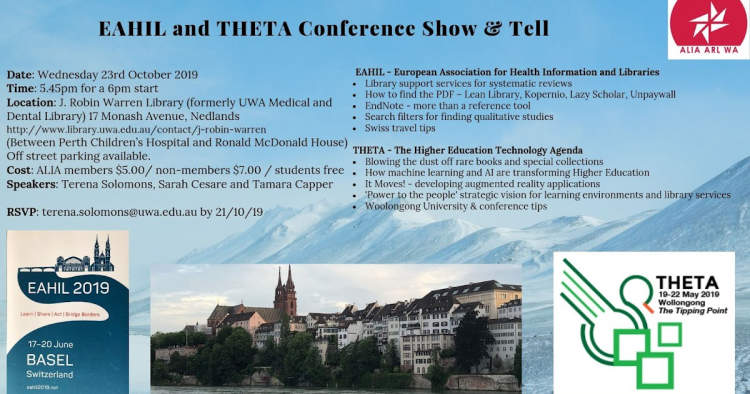The United States is home to some of the best universities and research facilities in the world. Alongside these world-class educational institutions is a vast selection of libraries and research facilities offering access to the latest technology, research, and data. Exploring US university libraries and research facilities can open up a wealth of opportunities for students, researchers, and the public.
This article will provide a comprehensive look into the resources and services that are available at US university libraries and research facilities. We will explore the types of materials available, the methods of access and research conducted there, and how to best utilize the facilities for your own projects. Whether you are looking for the latest research paper, access to a laboratory, or general interest in exploring a new research topic, US university libraries and research facilities have something for everyone.
Getting to Know the US Education System: A Brief Introduction
The United States is well known for its education system, providing high quality education for students from all across the world. But what is the United States education system really like, and what can you expect when you arrive? Let’s take a brief look.
Primary and Secondary Education
Primary and secondary education in the United States involve a combination of public and private schools. Public schools are publicly funded by state and local governments and are free for those who attend, though the quality can vary significantly across states. Private schools are funded privately and often have additional fees on top of tuition.
Higher Education
Higher education in the United States consists of two main types of colleges and universities: public and private. Public colleges and universities are funded and regulated by the state governments, while private ones are not funded by the government and have more autonomy. In either case, they are divided into two categories: four year universities, which offer degrees up to four years, and two year colleges, which offer associate degrees after two years of study.
University Libraries and Research Facilities
The United States is well known for its world-class university libraries and research facilities. Universities in the US offer a variety of library and research resources, including digital collections and databases, journals and periodicals, and special collections and archives. These facilities are designed to support students and faculty in their research endeavors.
The research and library resources available to students and faculty vary from university to university, depending on their size and budget. However, all US universities offer access to some level of library and research resources, and are always eager to help students find the resources they need.
The Benefits of Exploring US University Libraries and Research Facilities

The US higher education system is known for providing some of the best academic and research opportunities in the world. With a vast array of public and private universities in the US, students have ample opportunity to further their studies and access some of the best library and research resources available. Exploring US university libraries and research facilities allows students to access cutting-edge technology and resources, engage in groundbreaking research, and collaborate with like-minded people.
Some of the benefits of exploring US university libraries and research facilities include:
- Access to a wealth of resources: US university libraries and research facilities offer students access to a wealth of resources that are usually not available in other countries. This includes access to an immense collection of books, journals, and other resources, as well as providing access to state-of-the-art laboratories, well-equipped computer labs, and a wide range of equipment for research.
- Engaging in groundbreaking research: Students can have the opportunity to engage in groundbreaking research in US university libraries and research facilities. Students can access cutting-edge technology and resources, and collaborate with like-minded people on projects that have the potential to make a real difference in the world.
- Improve student achievement and future prospects: Exploring US university libraries and research facilities can help to improve student achievement, and could potentially lead to better future prospects in terms of career opportunities. By gaining access to the latest technology and resources, students can boost their knowledge and understanding, and develop the skills needed to compete in an increasingly competitive job market.
Exploring US university libraries and research facilities can be a great way for students to broaden their academic and research horizons. Not only will students have access to a range of resources and technology that could potentially help to improve their knowledge and understanding, but they will also be able to collaborate with like-minded people on important projects that may have far reaching implications.
A Look into the Different Types of Libraries and Research Facilities Available Across US Universities
US universities offer a variety of libraries and research facilities that cater to the needs of the students, faculty, and staff. While each university’s library system and research facilities differ in size and services provided, most libraries offer access to books, journals, databases, research centers, IT services, and an array of other resources. Here’s a closer look at the types of libraries and research facilities available at most US universities.
College and University Libraries
College and university libraries are core facilities at most US universities. College libraries typically offer students access to hundreds of thousands of volumes, published resources, and electronic databases on different fields. Furthermore, the library staff are available to assist students and faculty in their areas of research. Most college libraries also have specialized collections of materials in areas such as history, literature, and medicine.
Special Collections Libraries
Special collections libraries provide access to valuable and rare materials related to various research topics. These libraries contain manuscripts, newspaper archives, photographs, maps, vintage works of literature, and other assorted scholarly records. Materials from special collections are often made available to the public.
Research Centers
Research centers are dedicated to areas of study where students and faculty can collaborate on projects that are of mutual interest. These centers are often used as the hub for research projects and provide access to a variety of resources such as databases, books, and journals. Research centers also provide guidance and support to their members.
IT Services
US universities provide IT services for their library systems and research centers. These services are used to improve library services and research capabilities. IT services also offer services such as online catalogs, virtual reference services, web-based databases, and access to library materials.
Online Libraries
Online libraries are rapidly becoming the primary source for many students and researchers. Many universities maintain their own online libraries that offer access to thousands of resources from different fields. Students can access a wide range of electronic databases, books, articles, and other scholarly records for their research.
Conclusion
The exploration of US university libraries and research facilities has shown that there are many sources of information and services available to students and faculty. The libraries provide a wealth of resources, including books, periodicals, digital resources, access to databases, and special collections. Additionally, modern research facilities are designed to promote collaboration and offer unique opportunities for faculty and students to interact and develop new ideas.
US university libraries and research facilities are an invaluable asset to the academic community, providing access to a wealth of knowledge and tools to support research and learning. By continuing to explore and adapt to technological advancements, US universities can ensure their students and faculty have access to everything they need to succeed and contribute to the greater knowledge and understanding of the world.




